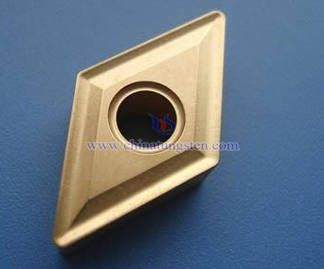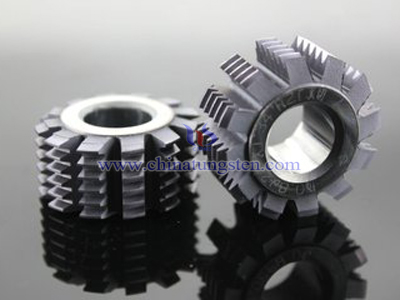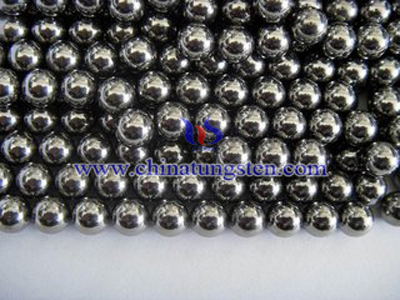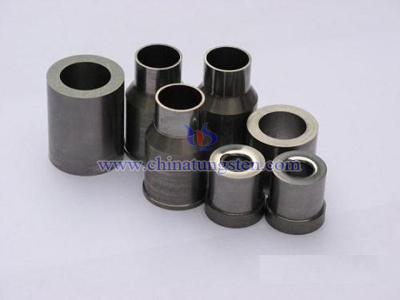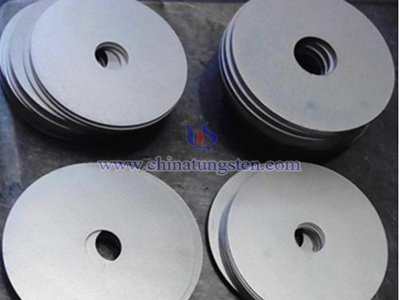Tungsten Carbide Knives Edge Passivation
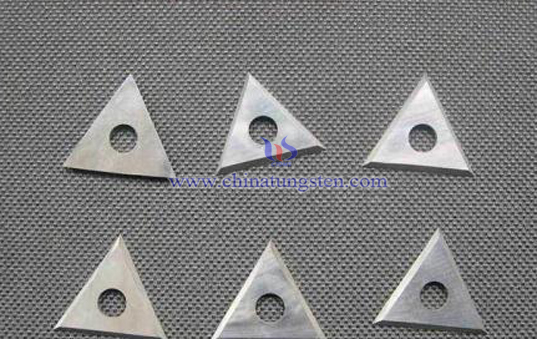
After grinding tool, it will appear on the cutting edge defects, these defects can cause instability in the cutting process, the impact of the machined surface quality and reduce tool life. Cutting edge surface usually produces the following defects: flash, micro-gap edge region, the residual stress and the blade surface area cobalt leaching. The extremely sharp and smooth enough neat cutting edge machining to have a specific, smooth shape, and edge rounding mostly waterfall edge, this process is called edge passivation.
Passivation is an appropriate edge sharpening cutting edge geometry and the removal of microscopic defects in the edge region of the process, but also a way to increase tool life. Tungsten carbide knives edge micro-defects on accelerated tool wear and tear, reduced tool life by cutting edge passivation can improve the quality of carbide cutting edge ridge.
Tungsten carbide knives edge passivation process is to eliminate defects and the cutting edge of the cutting edge passivation process can improve the stability of the cutting tool, cutting tool to increase reliability and improve the surface quality. Carbide tool edge passivation cutting edge roughness changed the geometry of the tungsten carbide knives, cutting edge micro-topography and near the surface of the tool cutting edge. Reasonable edge passivation treatment can increase the strength of the cutting edge, to reduce chipping, eliminate the original cutting edge defects, increase tool life, and can provide a good tool for surface coating. Modern machining in order to improve economic efficiency, mostly high-speed cutting and automated cutting, higher stability requirements for cutting, but also on the quality of the tool edge higher demands.
Generally required in the following cases the tool edge passivation:
1. The new tool or grinding tool regrinding.
2. Prior to the coating tool.
3. When the impact of heavy-duty cutting or cutting tool edge passivation need to deal with.
Tungsten carbide knives edge passivation mainly plays two roles: one is to obtain the required geometry of the cutting edge, the other is to remove the edge region of microscopic defects. At present, the commonly used methods are manual edge passivation passivation passivation vibration with rubber wheels contain abrasive passivation passivation magnetization method, sandblasting method passivation and passivation abrasive nylon brush. Tungsten carbide knives edge passivation change the contours of the cutting edge and morphology, but also to improve the microstructure of the blade surface area, thereby affecting the cutting process, tool performance and workpiece quality.

